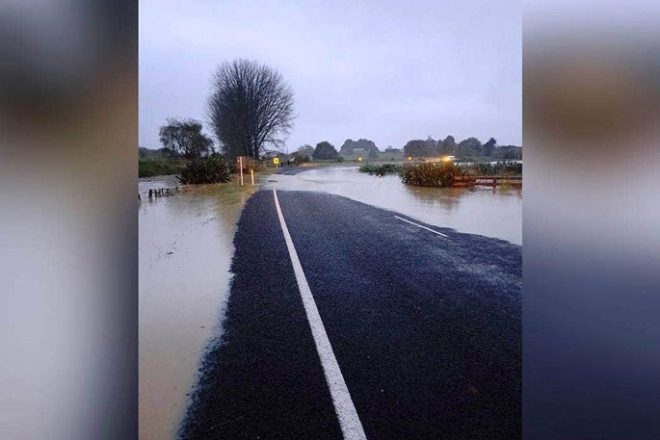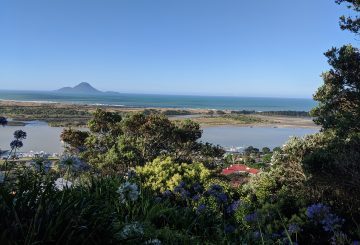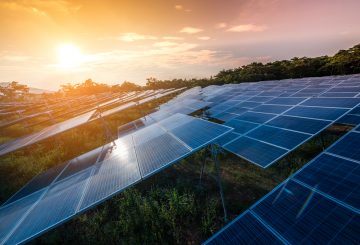베이오브플렌티 지역 협의회는 2024년 1월에 시작될 예정인 화카타네의 홍수 방어 시설을 업그레이드할 계획을 세우고 있다.퓨처 프루프 (Future Proof) 라는 이름의 이 프로젝트는 화카타네 강을 따라 설치된 기존 홍수 장벽을 교체하거나 개선하는 것을 목표로 한다.여기에는 맥앨리스터 스트리트 펌프장에서 무리와이 드라이브 플레이그라운드까지의 지역도 포함됩니다.
홍수는 아오테아로아에서 흔히 발생하는 자연 재해로, 대략 8개월마다 대규모 홍수가 발생합니다.엔지니어링 매니저인 마크 타운센드 (Mark Townsend) 는 인명, 재산 및 생계에 심각한 홍수가 발생할 위험을 줄이는 데 있어 홍수 예방의 중요성을 강조합니다.그는 현재의 기상 현상과 미래의 기후 변화 영향에 대처하기 위해 현재의 홍수 방어 시설을 업그레이드해야 한다고 설명합니다.
이 프로젝트가 필요한 이유는 크게 두 가지입니다.첫째, 강 수위가 높을 때 물이 홍수 장벽을 통과하는 ‘누수’가 발생하는 지역을 해결하기 위해서입니다.일부 누수는 장벽 내의 압력을 완화하는 데 유용하지만, 통제되지 않은 누출은 장벽이 무너져 인명, 재산 및 생계를 위험에 빠뜨릴 수 있습니다.둘째, 이 프로젝트는 빈번하고 심각한 홍수가 발생하는 문제에 적응하는 것을 목표로 합니다.
홍수 방어 시설은 2040년까지 연간 1% 확률 사건 (AEP) 이라고도 하는 심각한 홍수 사건을 견딜 수 있어야 합니다.이를 위해서는 방어를 업그레이드하여 강우량 증가 및 해수면 상승과 같은 미래의 기후 변화 영향으로부터 마을을 보호해야 합니다.
프로젝트의 첫 단계는 2024년 초에 시작되며, McAlister Street 펌프장에서 iSite에 이르는 지역에 초점을 맞출 예정입니다.기존 홍수 장벽의 크기가 늘어나거나 교체될 예정입니다.여기에는 대형 강판 더미를 땅에 박아 벽을 만든 다음 콘크리트 패널로 덮는 작업이 포함됩니다.벽의 높이는 0.6m에서 최대 1.7m까지 다양합니다.
이 프로젝트에는 워렌 콜 워크웨이와 요트 클럽 주차장에 대한 보행자 및 차량 접근성을 개선하는 것도 포함됩니다.시의회는 화카타네 지역 의회 및 테 루낭가 오 나티 아와 (Te Rūnanga o Ngāti Awa) 와 협력하여 지역 사회와의 연결을 유지하면서 악천후를 견딜 수 있는 기능적인 물가 공간을 조성하고 있다.
자세한 내용은 boprc.govt.nz/future-proof를 방문하거나 프로젝트 팀에 engineering@boprc.govt.nz 또는 0800 884 880으로 문의하십시오.






























































